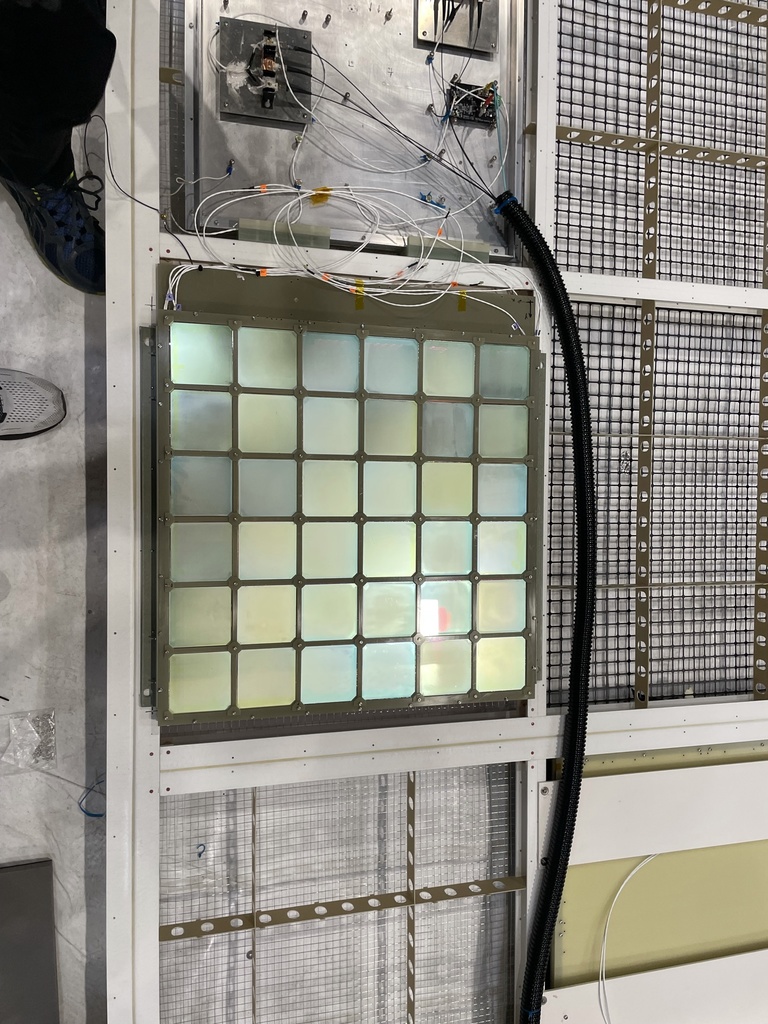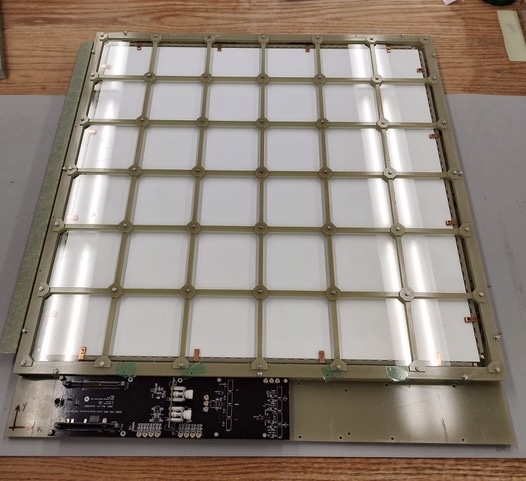
Prof. Jane Nachtman has received a $460,000 grant from the Fermi Research Alliance to work on neutrino detectors as part of the Deep Underground Neutrino Experiment (DUNE) at Fermilab.
A postdoctoral researcher and up to three graduate students from the University of Iowa will work on the commissioning of the DUNE ND-LAr 2x2 demonstrator. Nachtman's team will work with Fermilab and other university scientists to operate a 2x2 demonstrator liquid argon time project chamber in a neutrino beam at Fermilab. The team will develop software for controlling and monitoring the data acquisition, high-voltage power supplies, and cryogenic environment.
The University of Iowa group will also work on the DUNE Vertical Drift Far Detector Module, where they will construct and test electronics for the X-ARAPUCA photon detectors, and also analyze the data from the ProtoDUNE prototype detector which will operate at CERN's Neutrino Platform.
DUNE collaboration will build enormous neutrino detectors. The DUNE near detector will live 60 meters (200 feet) underground at the experiment’s near site, Fermilab in Batavia, Illinois. This detector allows scientists not only to examine the composition of the neutrino beam just after its creation but also to search for new particles and subatomic phenomena that could revolutionize our understanding of particle physics. After the neutrinos pass through the near detector, they will morph from one of their three types into another as they speed through the earth to the much larger detector, called the DUNE far detector, at Sanford Underground Research Facility in Lead, South Dakota.
DUNE is an international flagship experiment to unlock the mysteries of neutrinos. DUNE will be installed in the Long-Baseline Neutrino Facility, under construction in the United States. DUNE scientists will paint a clearer picture of the universe and how it works. Their research may even give us the key to understanding why we live in a matter-dominated universe — in other words, why we are here at all.
For more information on DUNE, see this fact sheet.
Image gallery: detector components that were built in University of Iowa Iowa shops



